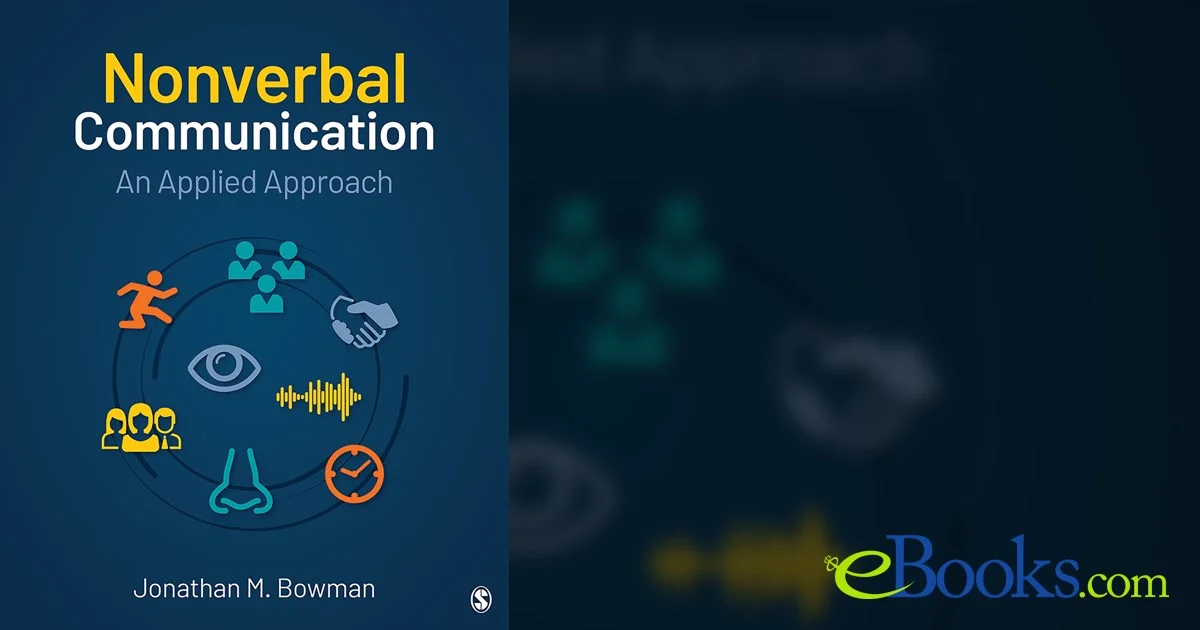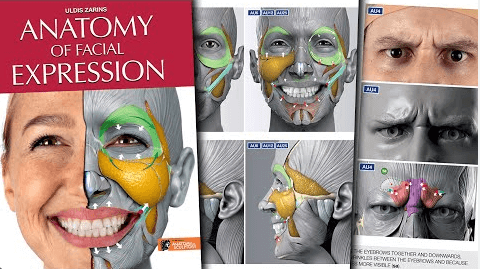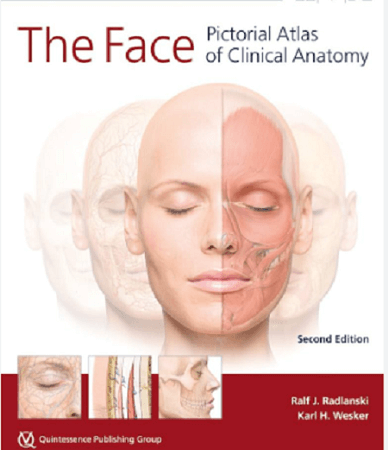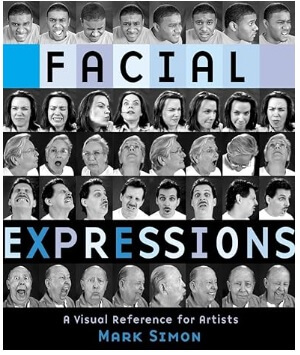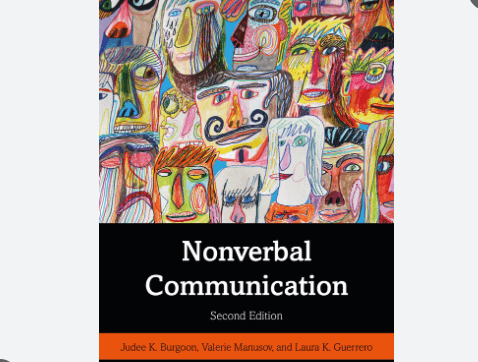Prepositions and Thematic Roles
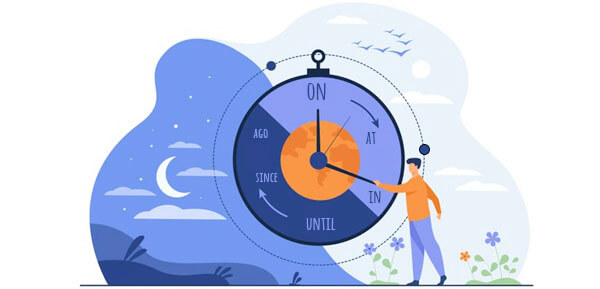
- Article graphics | Credit Need GrammarOpens in new window
Understanding Thematic Relationships that Prepositions can Convey in a Sentence.
Prepositions are words that express relationships between other words in a sentence. These relationships are often described in terms of thematic roles, which help us understand how different elements in a sentence are connected.
PrepositionsOpens in new window and Thematic RolesOpens in new window relationship illustrates that the meaning of a preposition can often be understood in terms of the thematic roles with which it is associated. For instance, the meanings of prepositions “from” and “to”, may be understood in terms of the thematic roles of source and goal, respectively.
The meanings of many English prepositions can be understood in terms of the thematic roles occupied by their object NPs.
We’ll spend the remainder of this literature taking a closer look at the meanings of prepositions in relation to their thematic roles, and also look at their extended meanings .
Location Thematic Role
Prepositions are classified according to whether they describe a static location or a change of location.
Static Location
Different prepositions are used to indicate a static location with increasing specificity.
In is used before countries, regions, states, and cities, but at is used to designate a more precise landmark within any of these larger locations, as the constructions in example-1 show.
This distinction is taught in some ESL/EFL textbooks.
- I met her in the United States/the Midwest/Illinois/Chicago.
- I met her in Chicago at the Lyric Opera.
Fixed static location - The portrait of their mother hangs over the fireplace.
Endpoint location - The house lies just over that hill.
Change of Location: Intermediate Location
A change in location involves movement from a source and toward (or to) a goal, as the constructions in example-3 show.
- We went from Chicago to Zurich.
- The ball fell off the table, onto the floor, and rolled under the bed.
With verbs of motionOpens in new window that do not have a fixed duration (drive, walk, run, roll, etc.), prepositions such as across, by, over, past, through, and under can express the idea of an intermediate, temporary location on a path toward an endpoint location.
In sentence-4a, through indicates a location that is temporary and transitory but is bounded ultimately by the edge of the forest. In -4b, through indicates an intermediate position, Kassel, between the origin location, Frankfurt, and the endpoint location, Hannover.
- When he awoke they were driving through the forest.
- We drove from Frankfurt through Kassel to Hannover.
Static location can also be conceptualized either as an object’s fixed position or as its position in terms of a path that must be taken to reach it. The latter is referred to as endpoint location. This distinction is illustrated in 2) with the preposition over.
Instrumental Thematic Role
Another basic thematic role of prepositions is that of instrument. The most common prepositions for instrumental meaning are by and with, as the constructions in example-5 show. Instrumental prepositional phrases answer the question “How?” or “By what means?”
Instrumental - He opened the jar by unscrewing the lid.
Mode of transportation - They came by train.
Route/access - The thief came in by the window.
Causal - It was sent to the wrong destination by accident.
In addition to the locative and instrumental meanings and their extensions, the noun phrase following by can have a number of specialized meanings, some of which are illustrated in examples-6.
In sentence-6a, by is used to indicate the size of a gap or a difference; in -6b, it indicates a time deadline; in -6c, it is used to describe the measurement of an area; and in sentence-6d, it is used to indicate the unit of measurement by which something is divided and sold.
Size of a gap or difference - The Hammers won by two goals.
Time deadline - The boss wants it on his desk by two o’clock.
Measurement of an area - The living room is 25 feet long by 14 feet wide.
Unit of measurement - It’s sold by the kilo.
By is also part of a number of idiomatic phrases, some of which have an adverbial function, as is the case in examples-7.
- They walked down the aisle side by side.
- I like doing things by myself.
- They came ashore by night.
- Day by day he sat in the library, taking notes for his book.
This property of prepositions, that a single form such as by can have many different meanings, is known as polysemy (See POLYSEMYOpens in new window), and it is frequently cited as one of the reasons that the meanings of prepositions are so difficult teach.
Comitative Thematic Role
In the preceding section, we saw that with is one of the two prepositions that express an instrumental role. However, another basic meaning expressed by prepositional phrases headed by with is the notion of accompaniment, as shown in example-8.
- Alicia went to the ball with her old boyfriend, Bill.
This Comitative Role of with has been extended to other contexts, some of which are shown in examples-9. These include location, as shown in 9a); properties of NPs, as in 9b) and 9c); manner, as in 9d); and agreement, as is the case in 9e).
Location - I left the keys to my house with my neighbor.
Properties/characteristics - He works for a young Iranian with long black hair.
Properties/characteristics - John always had a weakness for fast cars with powerful engines.
Manner - She wrote about her cause with great passion.
Agreement - I’m with you on this.
Synonymous Preposition
The same way a single preposition can exhibit a range of meanings, certain meanings can be expressed by more than one preposition. For example, the proximity meaning of by can also be expressed by near. She lives by the railroad station means essentially the same thing as She lives near the railroad station. Other examples of this overlap are shown in 10).
- She lives next to / beside the school yard.
- I found it behind / in back of the house.
- The family portrait was hanging above / over the fireplace.
- We drove by / past the old house we used to live in.
- He finally found it under / underneath / beneath the sink.
- Right below / under the painting was a metal plaque that identified the artist.
- He pointed at / to / toward the man and said, “That’s him.”
- She said she would be here at a quarter to / of four.
- They always take a trip to Europe during / in the summer.
Sentences-10a through 10g all relate to location in space, whereas sentences-10h and 10i relate to time.
Note that native speakers do not always agree that sentences with these alternate prepositions necessarily have identical meanings. For example, in -10g, at the man indicates a precise goal, whereas, for some native speakers, toward would mean “in the general direction of.”
















